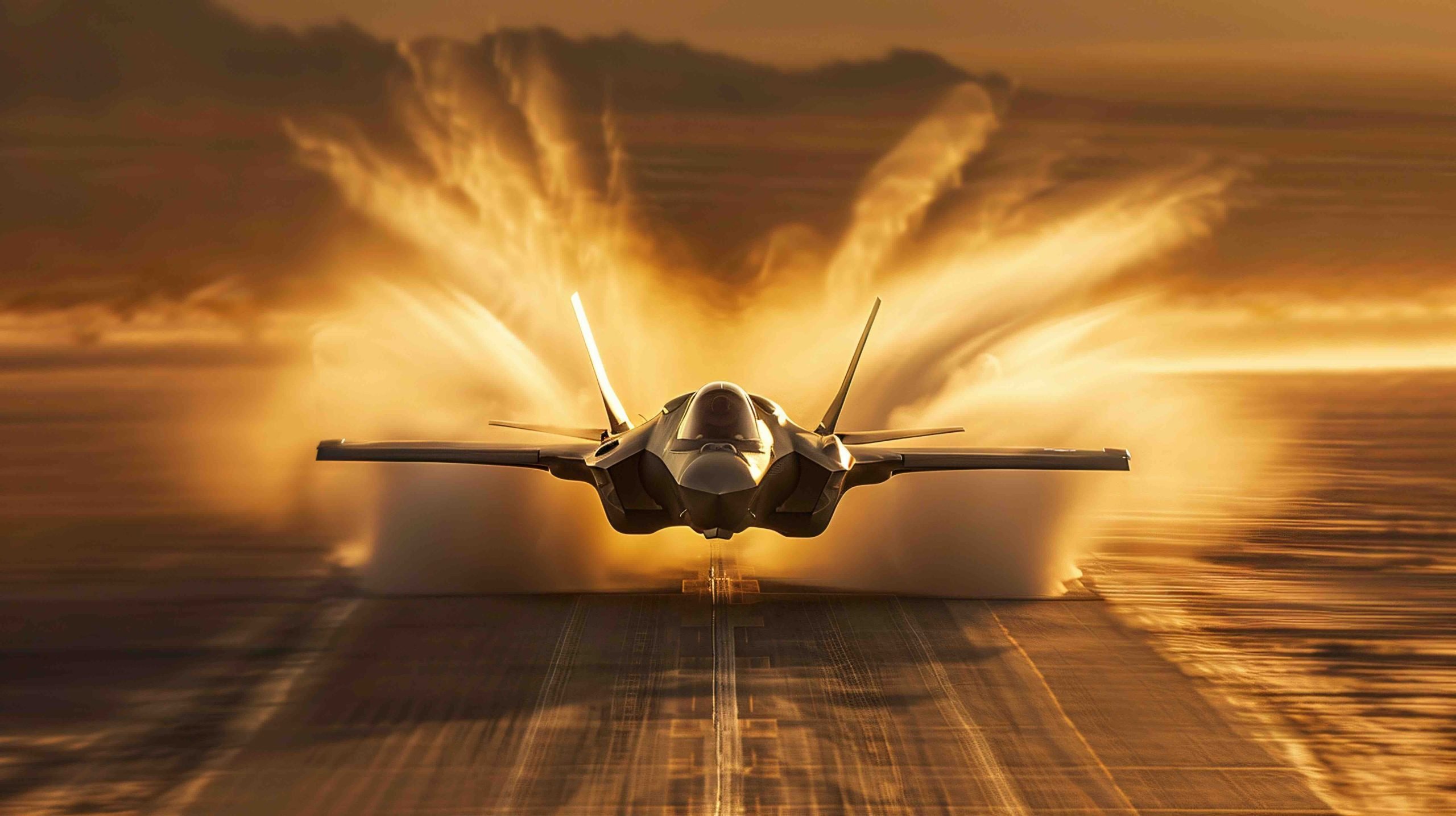In a tense incident over the weekend, a U.S. Navy cruiser mistakenly shot down an American fighter jet during a chaotic operation in the Red Sea. The mishap took place amidst a barrage of UAVs and missiles launched by Houthi rebels from Yemen.
Sunday Strikes Gone Awry
The drama began when an F/A-18 Super Hornet took off from the deck of the USS Harry S. Truman. Moments after its launch, the USS Gettysburg, normally in charge of air defense, misidentified the Super Hornet as a threat, leading to its unfortunate downing. Fortunately, both pilots managed to eject safely, though one sustained minor injuries.
An Intensive Encounter
This friendly-fire incident occurred following a series of U.S. strikes on Houthi facilities in Yemen. The attacks on Saturday saw American forces intercepting several missile threats. The high-pressure environment off Yemen’s coast strains air defense crews, where split-second decisions can prevent or cause calamity.
Under Pressure
Such scenarios emphasize the difficulties faced by naval personnel operating in crowded and hostile regions like the Red Sea. Historical incidents, such as the near-miss by a German frigate last February, underscore the potential for misjudgment.
The USS Gettysburg, a Ticonderoga-class cruiser recently upgraded, was part of this critical operation. While modernized, the vessel’s crew was still challenged under high-stakes conditions, showcasing the constant demands of modern naval warfare.
Unexpected Challenges in Naval Warfare: The Realities Behind Modern Defense Mishaps
Navigating the Complexity of Modern Naval Engagements: Insights into a Recent U.S. Navy Incident
A recent incident in the Red Sea underscores the escalating complexities faced by modern naval forces amid a growing array of threats. During a tense operation, a U.S. Navy cruiser, the USS Gettysburg, mistakenly downed an American fighter jet, highlighting the need for improved systems and protocols in high-stakes environments.
The Incident and Its Context
The mistake occurred when the USS Gettysburg, responsible for managing air threats, misidentified an F/A-18 Super Hornet as hostile. This happened following the launch of a series of drones and missiles by Houthi rebels, creating an overwhelming and chaotic battlefield setting. Fortunately, both pilots aboard the aircraft ejected safely, though the incident reveals underlying issues in current naval defense strategies.
Insights into Compatibility and Pressure
Analyzing such incidents provides insight into the pressures faced by naval crews, particularly when operating in crowded and hostile regions like the Red Sea. The technical and psychological demands on crew members are immense, requiring efficient decision-making amidst constant threats. The USS Gettysburg, although recently upgraded, faced high-stakes challenges that strained its crew’s capabilities.
Security Aspects and Modernization Efforts
This incident raises important questions regarding the robustness of current identification systems aboard naval vessels. While the USS Gettysburg had undergone recent upgrades, this incident suggests the need for continual advancements in technology and training to mitigate the risks of misidentification. The fast-paced nature of modern warfare emphasizes the importance of adaptable and resilient systems.
The Role of Trends and Innovations
Recent trends in naval warfare technology focus on developing more sophisticated threat-detection systems that can distinguish between friendly and enemy forces accurately. Innovations in artificial intelligence and machine learning hold the potential to enhance rapid information processing and decision-making capabilities, potentially reducing the chance of future mishaps.
Predictions for Future Naval Engagements
As geopolitical tensions mount in strategic regions like the Red Sea, the likelihood of high-pressure naval operations is expected to increase. The Navy must invest in both human and technological resources to maintain strategic advantages and operational safety. Enhanced training programs and technological integration will be key in ensuring readiness and minimizing the chance of tragic errors.
Conclusion
Incidents such as the unintended downing of an F/A-18 by the USS Gettysburg serve as a stark reminder of the complexities and dangers of modern naval warfare. Emphasizing the need for continued innovation and adaptive strategies ensures that naval forces remain both effective and safe in increasingly complex global environments. For more insights and updates on naval developments, visit the official Navy website.

















